- Home
- About
- Hospitals
-
Treatments
- Orthopedic & Spine
- Knee Replacement
- Carpal Tunnel Release
- Rotator Cuff Repair
- Meniscus Repair / Meniscectomy
- Total Hip Replacement (THR)
- Total Shoulder Replacement
- Arthroscopy
- Ligament Reconstruction
- Spinal Fusion
- Discectomy
- Laminectomy
- Spinal Decompression
- Vertebroplasty and Kyphoplasty
- Fracture Repair
- ACL Reconstruction
- Tendon Repair
- Osteotomy
- Amputation
- Pediatric and Adult Cardiac
- Neuroscience
- Oncology
- Nephrology & KTP
- Gastroenterology & Hepatobiliary
- Obstetrics and Gynaecology
- Infertility
- Dental & Maxillofacial
- Plastic & Cosmetic Surgery
- Rhinoplasty
- Blepharoplasty (Eyelid Surgery)
- Facelift (Rhytidectomy)
- Breast Augmentation (Mammoplasty)
- Breast Reduction (Mammoplasty)
- Breast Lift (Mastopexy)
- Liposuction
- Abdominoplasty (Tummy Tuck)
- Brazilian Butt Lift (BBL)
- Lip Augmentation
- Breast Reconstruction
- Cleft Lip and Palate Repair
- Scar Revision
- Burn Reconstruction
- Botox Injection
- Ophthalmology
- Otolaryngology (ENT)
- Endocrinology
- General and Minimal Invasive Surgery
- Pulmonology
- Rheumatology
- Urology
- General Medicine
- Ayurvedic Treatment
- Orthopedic & Spine
- Doctors
- Contact Us
Bladder Suspension
Bladder Suspension is a surgical procedure performed to treat
stress urinary incontinence (SUI) in women, which is characterized by the
involuntary leakage of urine during activities that put pressure on the
bladder, such as coughing, sneezing, laughing, or lifting. Bladder suspension
procedures are designed to provide additional support to the urethra and
bladder neck, helping to prevent these leakage episodes. There are various
techniques for performing bladder suspension, and two common approaches
include:
Burch Colposuspension:
- Purpose: Burch colposuspension is primarily used to treat SUI by providing additional support to the bladder neck and urethra.
- Procedure: This procedure is often performed through an abdominal incision. The surgeon will use sutures to elevate and suspend the bladder neck to a higher position, reducing the risk of urine leakage during physical activities.
Pubovaginal Sling Procedure:
- Purpose: The pubovaginal sling procedure, also known as sling surgery, provides support to the urethra and bladder neck, helping to prevent urinary incontinence episodes.
- Procedure: The surgeon typically uses a sling made
of synthetic material or the patient's tissue (autologous sling) to create
additional support under the urethra. This sling acts like a hammock,
keeping the urethra closed during activities that would otherwise cause
urine leakage. The procedure may be performed through an abdominal
incision, a vaginal incision, or as a minimally invasive procedure.
Recovery:
Recovery after a bladder suspension procedure varies depending on the specific technique
used and the patient's overall health. Most patients can return to their normal
activities within a few weeks after the surgery, and some mild discomfort and
swelling may be experienced in the surgical area.
Risks and Complications: Potential risks and complications of bladder
suspension procedures may include infection, bleeding, sling erosion, urinary
retention, and, in some cases, recurrent or persistent incontinence. Regular
follow-up visits with the healthcare provider after the surgery are essential
to monitor progress and address any issues.
Bladder suspension procedures are considered
effective treatments for SUI and can significantly improve a woman's quality of
life by reducing or eliminating urinary leakage during physical activities.
Patients should have a thorough discussion with their healthcare provider to
understand the procedure, potential risks and benefits, and any alternative
treatment options before proceeding with the surgery. The choice of the
surgical technique should be based on the patient's specific condition and the
surgeon's expertise.
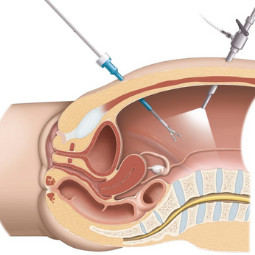



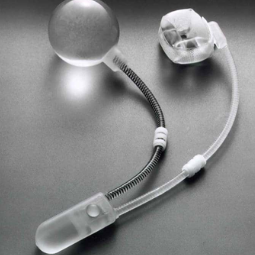
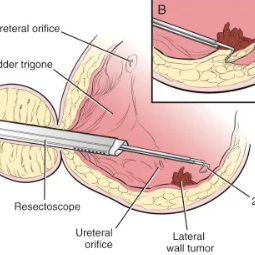
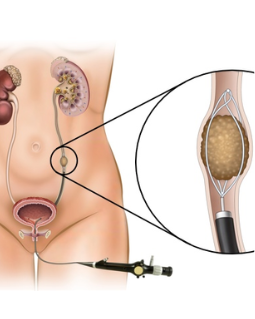
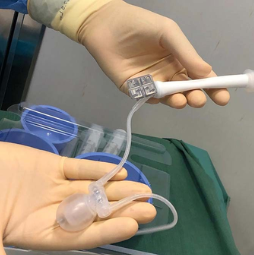
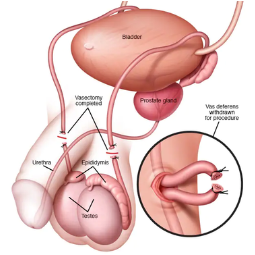
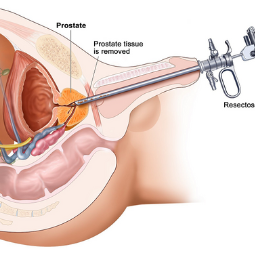
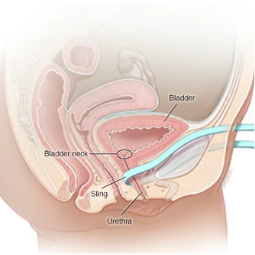
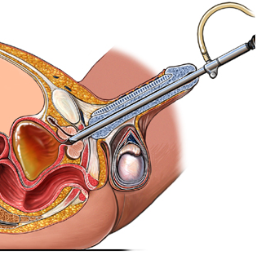
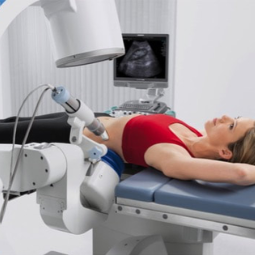
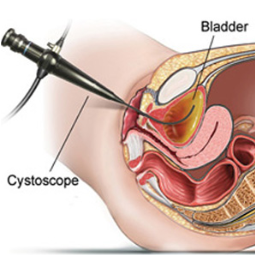
.png)